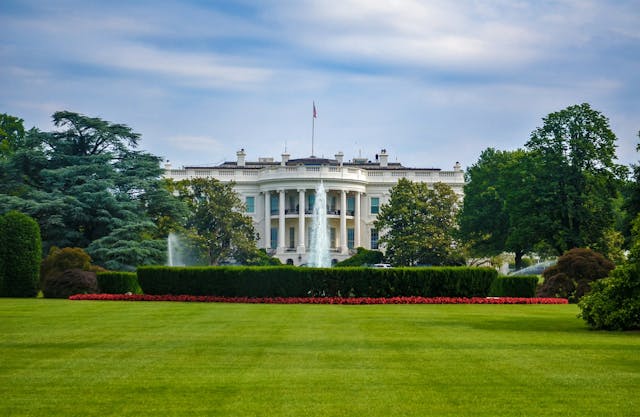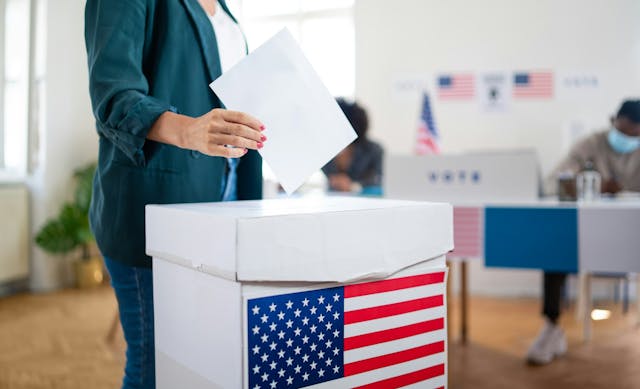Veteran Unemployment Continues to Fall... or Does it?

According to the Bureau of Labor Statistics (BLS), the unemployment rate among military veterans continues to fall, along with the civilian unemployment rate. While this makes for great headlines in the mainstream media, it doesn't tell the whole story, which isn't as bright as the headlines make it sound, despite resources intended to help.
The BLS released its most recent unemployment figures earlier this month, showing that the unemployment rate overall has fallen to just under 7 percent, and that the overall rate among military members is about the same. The unemployment rate for the nation's most recent veterans, those called "Gulf War II" vets, is still just as high as it was a year ago -- just over 9 percent.
So while it appears the unemployment rate among veterans is falling, it isn't necessarily because veterans are finding jobs and the real number of unemployed veterans may be considerably higher, based on independent estimates.According to Tom Tarantino of Iraq and Afghanistan Veterans of America, the BLS numbers don't take into account the fact that America's newest veterans are younger, a demographic that typically has a high unemployment rate. Yet, the rate for young veterans is still considerably worse than that of young non-veterans, some estimates as high as 20 percent.
This is something that Tarantino says doesn't make sense. Young veterans should have a higher rate of employment because they have more skills and real world experience than their civilian counterparts.
But there are other flaws in the BLS data.
The data is gathered from a relatively small batch of telephone surveys conducted by the Bureau of the Census and then culled for information by the BLS in an effort to glean the employment situation of the country. While some of the questions asked are direct, they often don't take into account the situations unique to the military. For example, separating military members can only draw unemployment compensation under certain circumstances, and even then they are not reported as being unemployed.
Frequently, it takes veterans a significant period of time to find a job after leaving the service. Accounts of being out of work for several months, even a year or more, are not uncommon and disabled veterans in particular have a difficult time finding work.
According to the Washington Post, the unemployment rate for veterans with a service-connected disability, such as amputees or those with Traumatic Brain Injuries, is over 12 percent.
Another part of the problem is that the vast majority of U.S. companies don't have recruiters who specifically work with separating military members. So, when they see a resume that tries to relate military experience and leadership to a civilian job, frequently quality employees are lost in translation.
Sadly, while military members are encouraged to pursue ahigher education, the reality is that college graduates are not in a much better position coming out of the military than those without a degree. Furthermore, a decade of conflict with multiple deployments to some of the worst places on Earth has not made getting an education easier for those who choose to serve.
Underemployment and just giving up the search are big problems for military members, just as it is for the rest of the country. However, veterans often face additional challenges, such as hurdles for licensing requirements.
One area where this is true is in the field of medicine. While Navy corpsmen or Army medics do the same job every day as a paramedic, often they find that when they get home, they don't meet the requirements to become licensed to do that job in the civilian world.
To be clear, the defense department and the Veterans Administration have a number of programs aimed at reducing veteran unemployment, but these programs are useless if there aren't jobs available. This is a problem that is only going to get worse.
The DoD has announced that it is planning to cut back troop strength to its lowest level since World War II, flooding an already saturated job market with 100,000 more veterans in need of jobs.
Photo Credit: Sean Locke Photography / shutterstock.com



